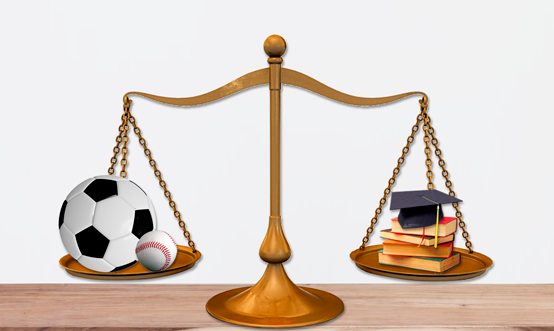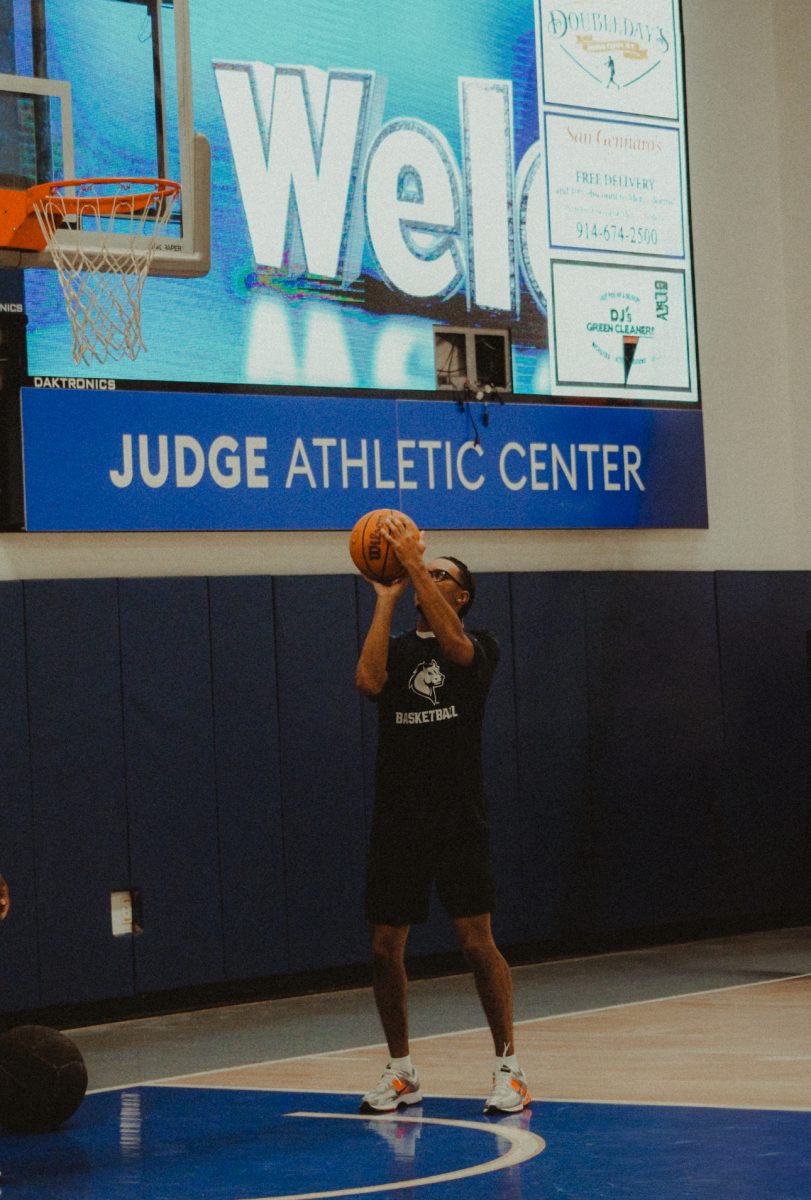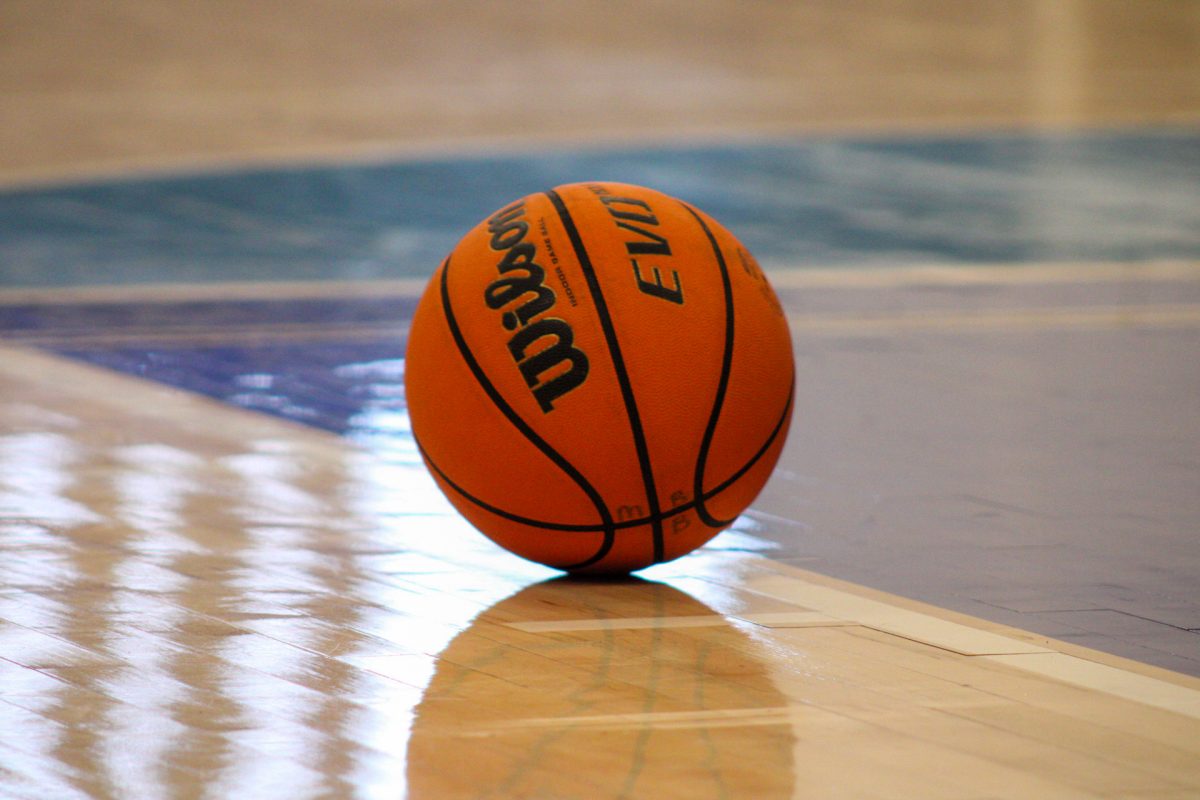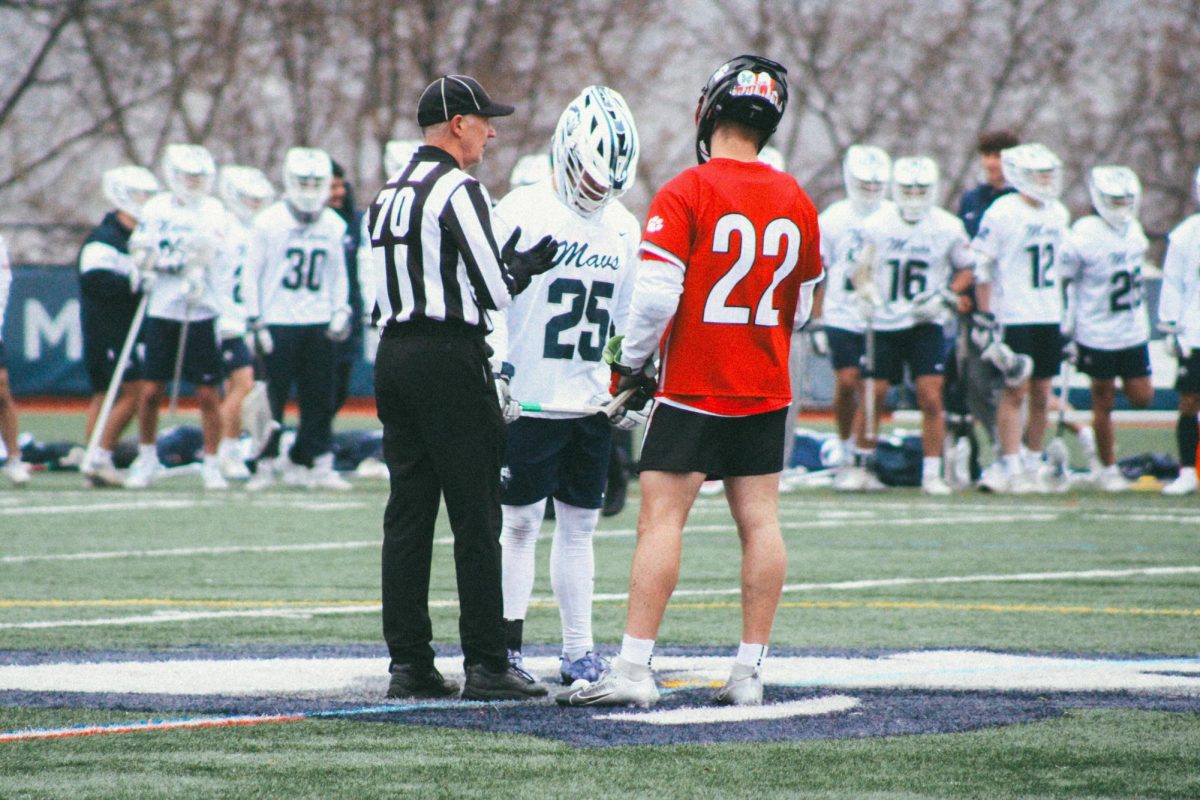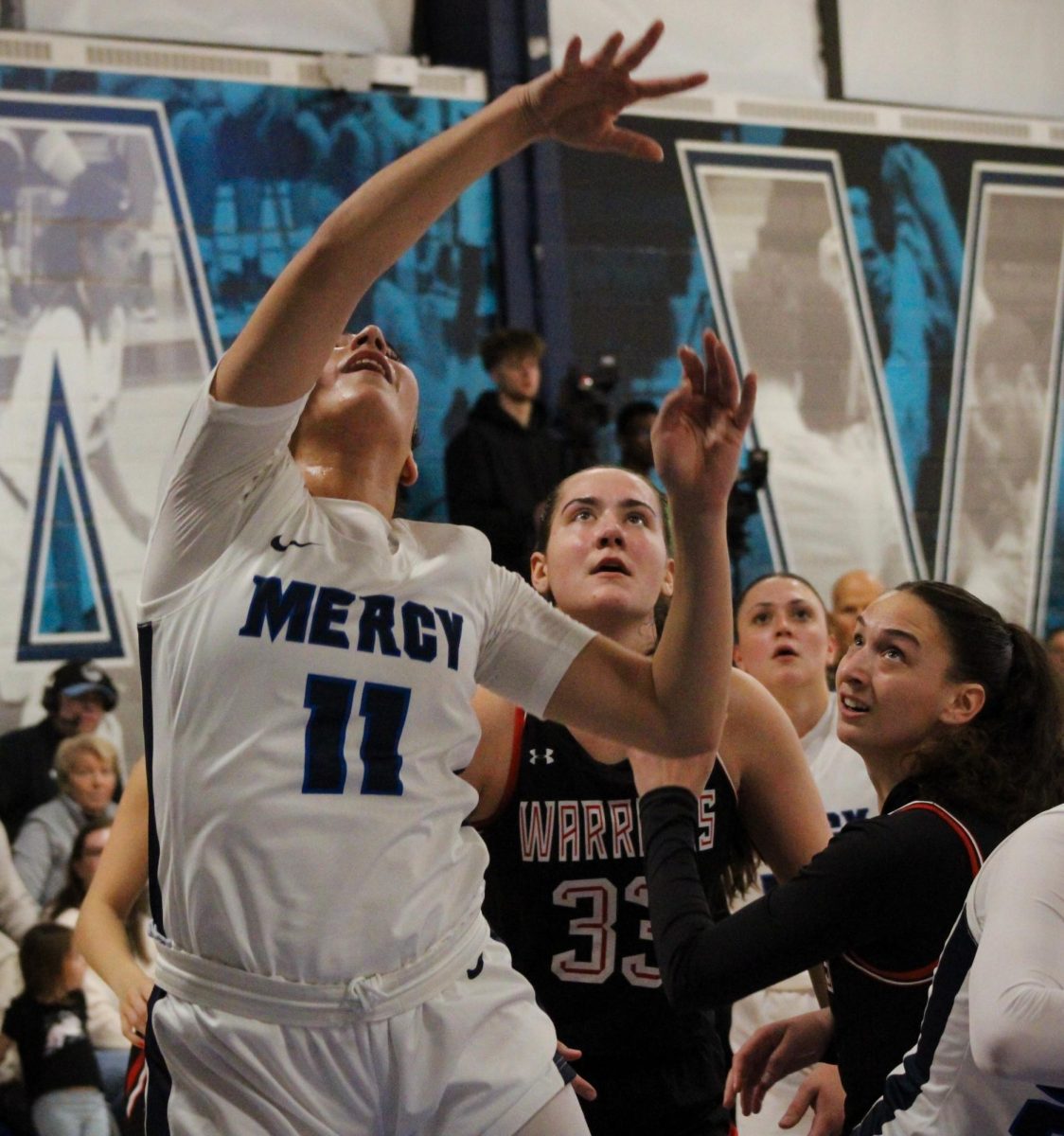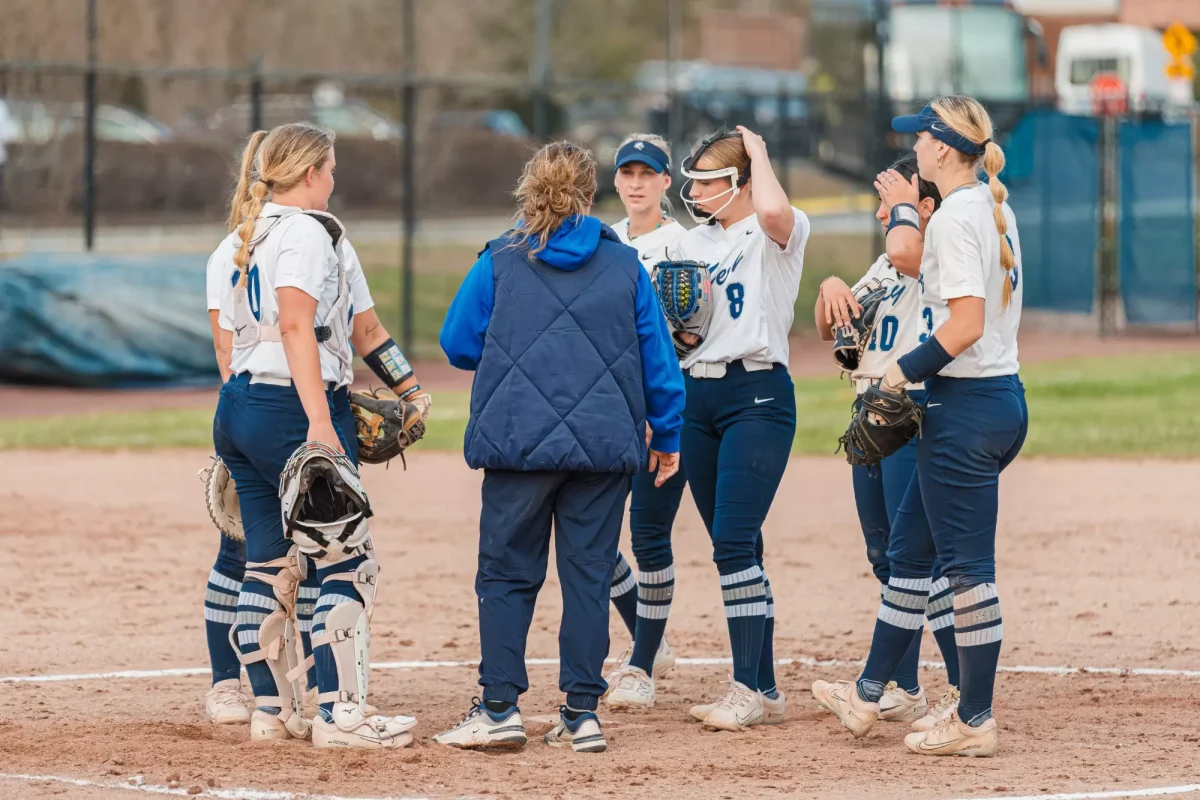Students attending college can make a name for themselves. That being some enter sports. These athlete students can highlight their talents at an elevated level, while focusing on their academic careers too.
Being an athlete is fun for students who enjoy the craft of sports. Students who involve themselves with athletics are athletes representing their school and going beyond for the team to secure wins.
Students can become heroes, highlighting their talents and earning publicity in the field of athletics.
When it comes to athletes juggling life as students to create balance, juggling both worlds can be tricky throughout their academic career. Students’ first time attending campuses can already increase their anxiety. Starting college can be rough for newcomers, but some students can have it under control once adjusted. Being involved with athletics can be challenging for students due to the pressure of every game to be prepared for, yearning a reward of praise for their talents and recognized skills, and having to focus on important games that require 100 percent effort. Falling behind can prevent students from receiving play time on their teams and receiving an exit from the team due to insignificant grades.
Assignments are due every week, maybe even quizzes and tests too. Dealing with both worlds can be a lot to handle. Can students figure out a way to create a balance between being an academic student and an athlete?
Students must create a yin and yang toward both worlds and figure out what can make both worlds equal.
The best way student-athletes can become locked in is not to pressure themselves. Instead create a blueprint of what benefits them to succeed.
The number of student athletes represented by the NCAA was at all time high in 2002 with 520,000, which saw an uptick in 30,000 athletes from the year prior, according to the NCAA Sports Sportmanship and Participation report. D-III schools saw the biggest uptake with over 18,000 students. Student athlete enrollment nationally dropped nearly 3 percent due to the pandemic. Sports with the biggest uptick enrollment were football, men and women’s soccer, men’s indoor track and women’s volleyball.
The NCAA’s plan to keep students “on track” is to by the bare minimum meet the average requirements to remain eligible.
“Student-athletes must achieve 90 percent of the institution’s minimum overall grade-point average necessary to graduate (for example, 1.8) by the beginning of year two, 95 percent of the minimum GPA (1.9) by year three and 100 percent (2.0) by year four.”
Yet at Mercy College, student athletes grades are one of the student groupings that exceed the GPA levels every year.
Mercy University senior student-athlete on the lacrosse team Cristian Castles has tackled the world of lacrosse while also dealing with being a student for four years now.
Castles said, “Being a senior, you know I had four years to go through this. It was not that hard, but it took a little time to get used to. Just got to take it bit by bit.” Break down each class.” He added, “But just doing each thing one at a time, balancing them out and not doing all in one day. Just got to take it day by day. We’re usually practicing every day.”
The players on the lacrosse team at Mercy University create a set schedule for themselves to stay intact. A schedule for completing academics and practicing daily, getting shots in and hitting the weights while working out, and helping players stay conditioned for games. Whenever the players have enough free time after everything is completed, activities like watching TV or hanging out with team members engage them—being social.
Two senior lacrosse players, Tyler Pjatak and Greg Gibbons, also have the same amount of experience as Castles.
Pjatak enrolling into Mercy University for the first time was a tough start for him to handle as an athlete. He didn’t know how to balance it out. Until Pjatak beat the system. He figured out how to make being a student-athlete easy for him.
Pjatak said, “When I first came to Mercy, it was hard because I had never done that – balance school and athletics. Especially at a college level. But after the years, I got used to it and found it easier to deal with it.” He added, “I made a schedule and did all my homework at the beginning of the week. So that way, towards the end of the week, I am relaxed so I can focus on the lacrosse team.”
Pjatak continued, “I balance them out. You know, some days I do a lot of schoolwork. Another I focus on is lacrosse. That’s why I bang out schoolwork at the beginning of the week. So, I can focus on lacrosse.”
Gibbons sees being a student-athlete as an easy task as long as you have an organized line-up of what to do for your academic career.
He said, “I have a set schedule so, every week, I know what days I’m doing my homework, what days my practices are. So, I like to know when to do my homework and finish it so I have free time on weekends. Then lifts and practices.” He added, “Do the same thing every week, balancing it out.”
All three members of the lacrosse team enrolled themselves in online classes. They made classwork easier for them to handle. Deal with work online and deal with their athletics in person.
Students having the chance to involve themselves in sports can be an accomplishment, but having their head around academics is also an essential goal to shoot.



